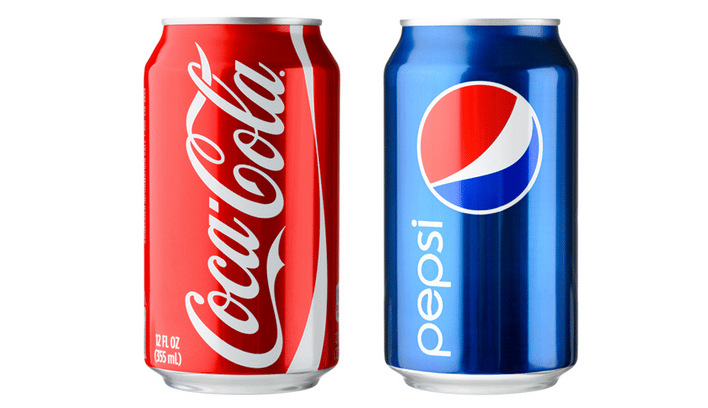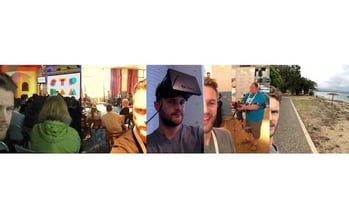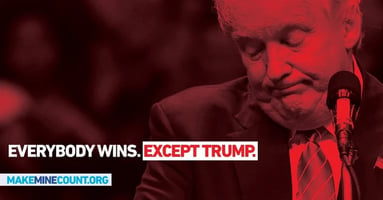Nov 11, 2014
The Post Gen-Y Generation.
June 14, 2013
Today’s teens’ lifestyle is out and about, fast moving and filled with their personal passions. Key to connecting with them is not just talking with/at teens but engaging with them on their turf, sharing their passions. The following four paragraphs start to articulate their world.
They live and breathe by their Digital Profile:
They’re self-aware, have a social conscience, and want to contribute. They are connected and understand that their digital profile is a reflection of who they are. They are more honest with this profile than previous generations. They understand that the digital world does not provide anonymity (quite the opposite) and that they need to convey a trustworthy image or reputation.
They are motivated by Trust:
This is not Gen-Y. A Dolly magazine ’Youth Monitor 2011′ report just published showed that growing up in the age of technology, gadgets and social media (90% have a Facebook page and 85% access their account at least once daily), Australian youths are highly cynical, and respond well to brands and people who have earned their trust. Trust was a key theme from the report, finding it is crucial to today’s teens. It’s a quality they demand from their family, friends, idols and brands as they live in a world where things aren’t always as they seem.
They are Super Analytical:
Today’s teens are smart and analytical. They consider many things when making decisions in their life. Even the role their friends play is fragmented to maximise their relationships and individuals play discrete roles. In this headspace a functional RTB is important if teens are to connect with a brand. Matching the function of the brand/product/service or the intrinsic properties to their specific mood is key. Their analytical brains also work at a brand level. Brands have different status, roles and imagery and brand marketing needs to reflect this.
They have a Social Conscience:
Teens today look to involve themselves in causes (and show off this involvement) not only for the greater good, but to enable them to demonstrate a richer fabric to their own digital profile.
Australian examples include:
Elizabeth Anile just won Young Victorian of the year and Girlfriend of the year as Founder of Australian Teens Against Animal Cruelty (ATAAC).
Matthew Wright, winner of the 2010 Environment Minister's Young Environmentalist of the Year, started the not-for-profit organisation Beyond Zero Emissions – with a goal of developing free blueprints for the implementation of climate change within industry.Their age means they are highly idealistic in their thinking. However, the positive result of this idealism is a strong passion for the cause or causes they choose and a willingness to engage with brands that can act as enablers for those causes.
There is a high level of involvement in charities and causes amongst this generation of teens, largely driven by school initiatives. They are very in touch with what is happening locally and globally. They believe governments are not doing enough to combat these issues and are looking to big companies to be a conduit for change. There is an expectation that companies should be doing more, but also a hope that companies will include teens in the process, helping them to feel like they are doing that little bit extra by supporting you.
Brands that have a real heritage in cause-related issues, from reducing their impact on the environment to funding local community initiatives, have the ability to engage with teens today on this more emotive level.
Example quote from Facebook:
“I don't really think brands or companies can 'solve' world/national/local issues, but they can make people more aware and conscious of them and perhaps let them know what THEY can do as an individual to help.”



